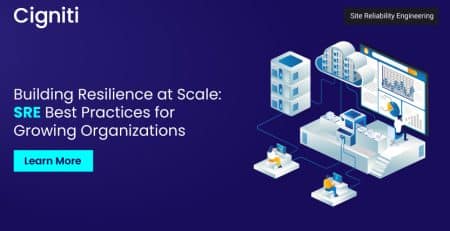4 Qualities that the Digital Engineering Culture and Transformation Should Consider
By overcoming the established engineering disciplines and tackling each engineering issue, Digital Engineering intends to speed up the development of complex products, systems, and sub-systems. System engineering approaches applied to complex products like jet planes, spacecraft, navigation systems, and others slow down progress for several reasons. Digital Engineering changed that system process into a more fluid, consistent, and workable approach for complex systems. Product engineers can use digital engineering to consider making the process of product development more flexible and responsive to market demands. The art of creating, capturing, and integrating data using a digital skill set is known as digital engineering.
The goal of digital engineering is to embed quality throughout the entire software development life cycle. This is everyone’s responsibility, regardless of their position on project teams. digital engineering, skills, or competencies are crucial and call for organizational culture. Organizations should update tools and skills, change the culture, and update team mindsets to overcome the barriers to acquiring digital skills.
Here are the four qualities that the Digital Engineering culture and transformation should consider.
1) Governance and Leadership
Proactive governance offers three main advantages – Successful risk avoidance, opportunity capture, and avoiding the effects of reactive governance. The best way to achieve proactive governance is to streamline the gathering and analysis of the market and competitive intelligence. Modernizing and keeping quality improvement strategies on track require identifying the “right” quality metrics.
A leader should Invest in a program, to adopt the most crucial metrics that are connected to your organization’s designed state and business objectives. To modernize the quality of practice, metrics, and reporting are crucial. Remember the following:
- Choose metrics that can be applied uniformly throughout the organization.
- Report on user/business/system requirements to demonstrate coverage, defect detection, and density
- Show trends and insights, and make sure that each stakeholder receives the information and insights they require.
2) Culture
The adoption of Digital Engineering practices within the organization is fundamentally influenced by culture. Stakeholder collaboration is encouraged by culture. Employee motivation, loyalty, and commitment to quality increase when they are more actively involved in improving the daily tasks and procedures they complete. To alter organizational culture, one should adapt and implement certain processes. By adapting techniques like documentation portals and communities of practice, sharing experiences across organizations helps to build best practices that lead to a culture of digital quality.
3) Mindset
More than a skill set, digital engineering is a mindset shift. Quality-conscious software development is a core principle of DE. The bigger issues that might be discovered by the testing teams before the software is released are eliminated if everyone makes even a small effort to consider quality as the software is being built. It is simpler to have all teams concentrate on smaller issues or smaller outcomes rather than having one group focus on the problems brought on by one big outcome, leading to a much more successful cumulative result.
4) Competency
For organizations to identify and foster among their teams, Gartner has identified 12 digital competencies. The objective is to create the skills necessary for people and teams to learn about and adjust to a rapidly changing digital environment. Management should put their efforts into cultivating business acumen as a competency. Depending on the needs of the company, choose five to seven more competencies.
To successfully transition, organizations must assess and reskill their current teams with tools such as skill matrices, communities of practice, and individual development plans along with strategic partners with the required external skills. Organizations must create new positions such as software development engineers in test (SDETs), CI engineers, performance and security test experts, and user experience testers, such that a tester collaborates closely with the development team to help gather requirements, elicit, monitor, and validate. The QA analyst’s responsibilities also include cross-domain and multi-technology testing, storage gate analysis, and other tasks.
Conclusion
Digital Engineering skill transformation enables an empowered, engaged, and motivated workforce leading to increased product quality, speed to market, and ultimately leading to higher customer satisfaction, aligned with business objectives. Skill and culture transformation allows better collaboration, and communication leading to better talent utilization, and innovative culture within the organization.
At Cigniti, we help companies continually experiment, use lean and agile principles to measure outcomes, learn from these experiments to identify new value propositions to customers, and implement end-to-end solutions to deliver Digital Outcomes.
Need help? Contact our digital engineering experts to learn more about the qualities that the digital engineering culture and transformation should consider.





Leave a Reply